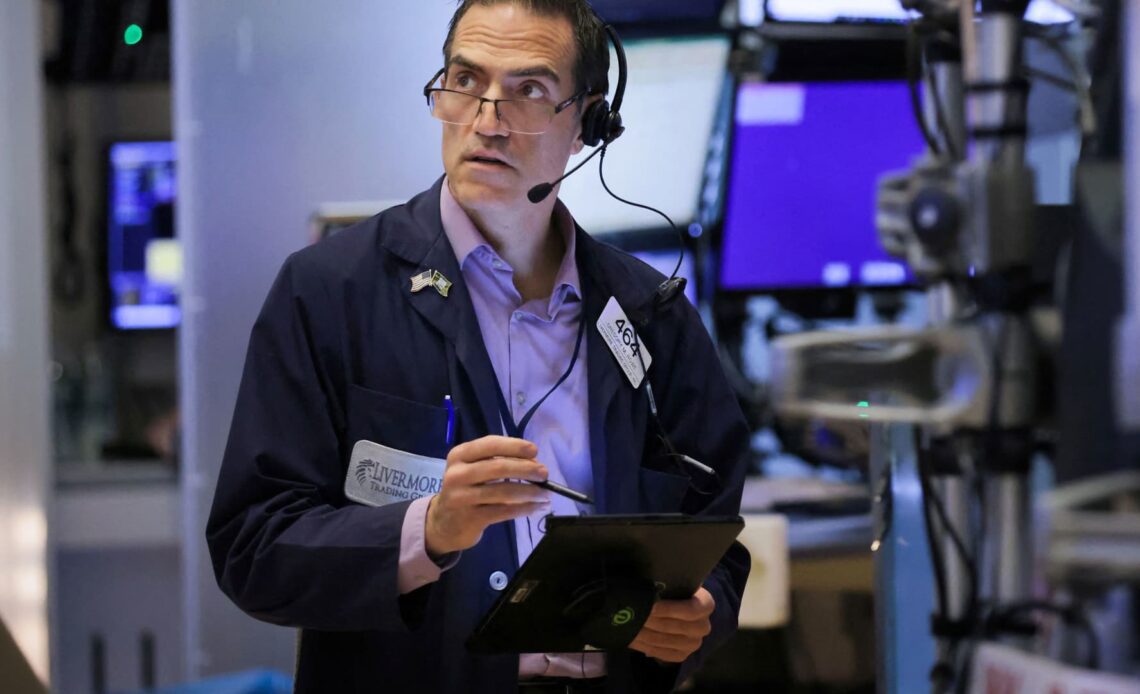Stocks are entering what is historically the worst time of year, and it could be an especially rough ride with the prospect of more Federal Reserve action hanging over the market. The S & P 500 , on average, has declined 0.56% in September, going back to World War II, according to CFRA. The index has been negative 56% of the time in September, but that has set up the market for an average 0.9% gain in October. November and December have both been positive for the S & P with average gains of 1.4% and 1.6%, respectively, CFRA found. Stocks are exiting August with losses. The S & P 500, as of Tuesday’s close was down about 3.5% for the month, and off by more than 7% from this month’s summer high. The index was roughly flat on Wednesday. “I’m thinking we need a good shakeout, probably approaching the 3,800 level,” said Sam Stovall, chief investment strategist at CFRA. He noted the S & P 500 rallied 17.4% off the June low before failing to break above its 200-day moving average on Aug. 16. The 200-day is the average of the last 200 closing prices for an index or a stock, and it is viewed as a positive momentum indicator if it can be surpassed. “I think we could have a retest of the lows, and right now I think the lows will hold,” he said. The S & P touched a low of 3,636 on June 17. This week, the index fell below its 50-day moving average for the first time since July 26. The road map many strategists have laid out for 2022 is a typical one for mid-term election years, in which the stock market sells off hard in September and into October, before rebounding in the final quarter of the year. A negative September would fit that forecast, and the Fed has added to the volatility with its hawkish stance. “I think right now, investors are questioning their core thesis,” said Stovall. He said Fed Chairman Jerome Powell in his Jackson Hole speech Friday discouraged expectations that the central bank would pivot and cut rates once it stops raising interest rates next year. New York Fed President John Williams reinforced that view Tuesday, when he said the Fed would raise rates and keep them high to fight inflation. The Fed meets again Sept. 20 and 21, and odds in the futures market point to another three-quarter point rate hike at that meeting. Strategists expect volatility around the upcoming jobs and inflation data that will help Fed officials determine whether to raise by 0.75 percentage points or 0.50 percentage points, as some economists expect. Friday’s…
Click Here to Read the Full Original Article at Top News and Analysis (pro)…


